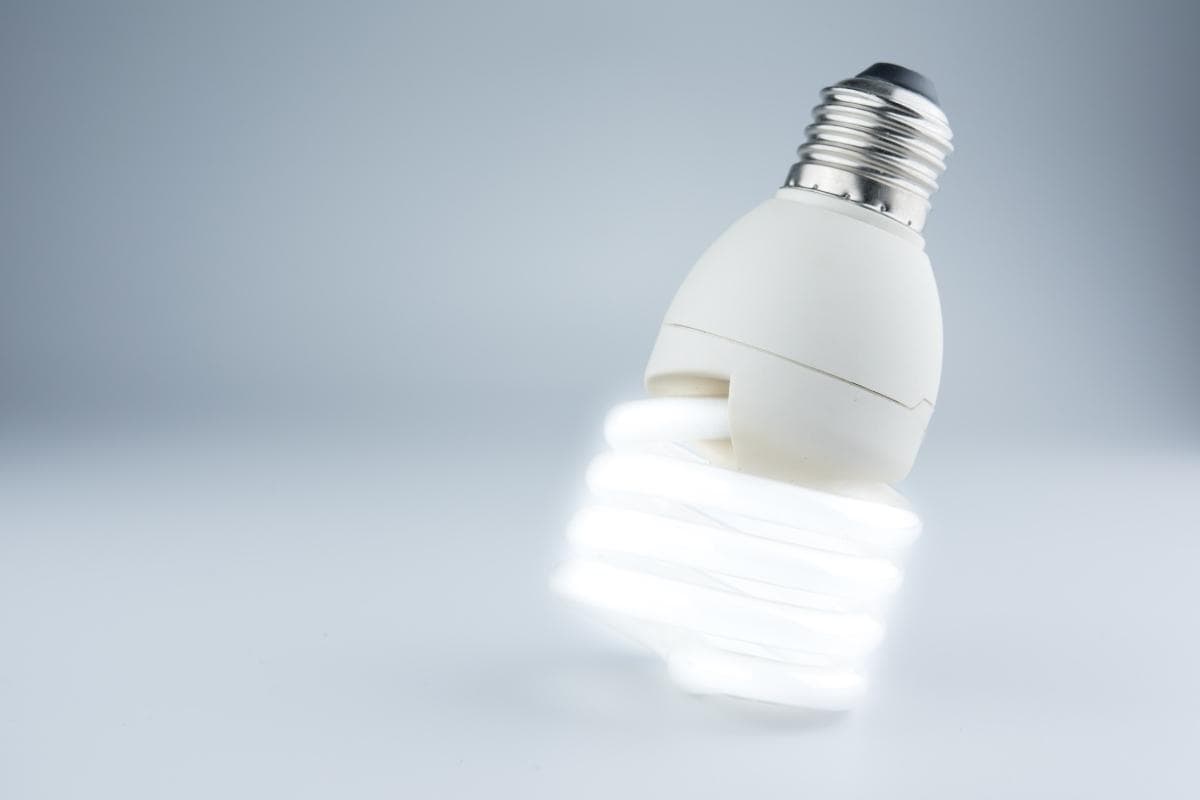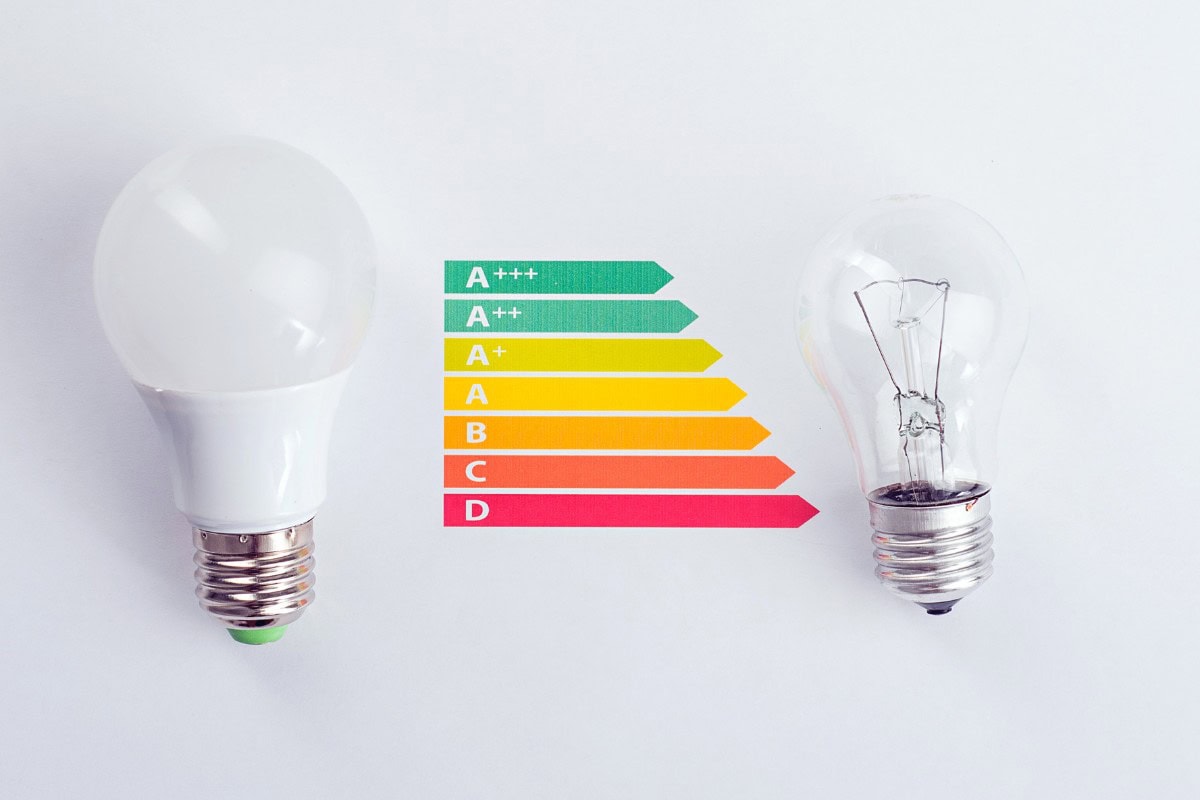What Is Utilization Factor
Utilization factor is the ratio of the actual output or usage of a system or equipment to its maximum potential output or capacity. It measures the efficiency of how a system or equipment is being utilized. To calculate the utilization factor, divide the actual power consumed by a device or system by its maximum power capacity.
For example, let’s say a lighting system has a total power capacity of 1000 watts and it consumes 800 watts. In this case, the utilization factor would be 0.8 or 80%. This indicates that the lighting system is utilizing 80% of its maximum power capacity.
The utilization factor is a crucial factor in designing electrical systems and selecting electrical equipment. It helps determine the appropriate size and capacity of devices to ensure optimal energy usage and prevent overloading.
The concept of utilization factor extends beyond power systems. It can be applied in various contexts. For instance, in a solid oxide fuel cell (SOFC) system, the fuel utilization factor (Uf) measures the efficiency of fuel utilization. In a wind farm, the power utilization factor assesses the efficiency of power generation from the wind turbines. In lean manufacturing, the utilization factor of machines indicates their efficiency in the manufacturing process. And in crude oil processing by refineries, the utilization factor represents the efficiency of crude oil processing.
Electrical engineers and professionals can evaluate the efficiency of electrical systems, identify potential energy wastage, and make better decisions to improve energy consumption, minimize energy losses, and enhance overall system performance by assessing the utilization factor.








